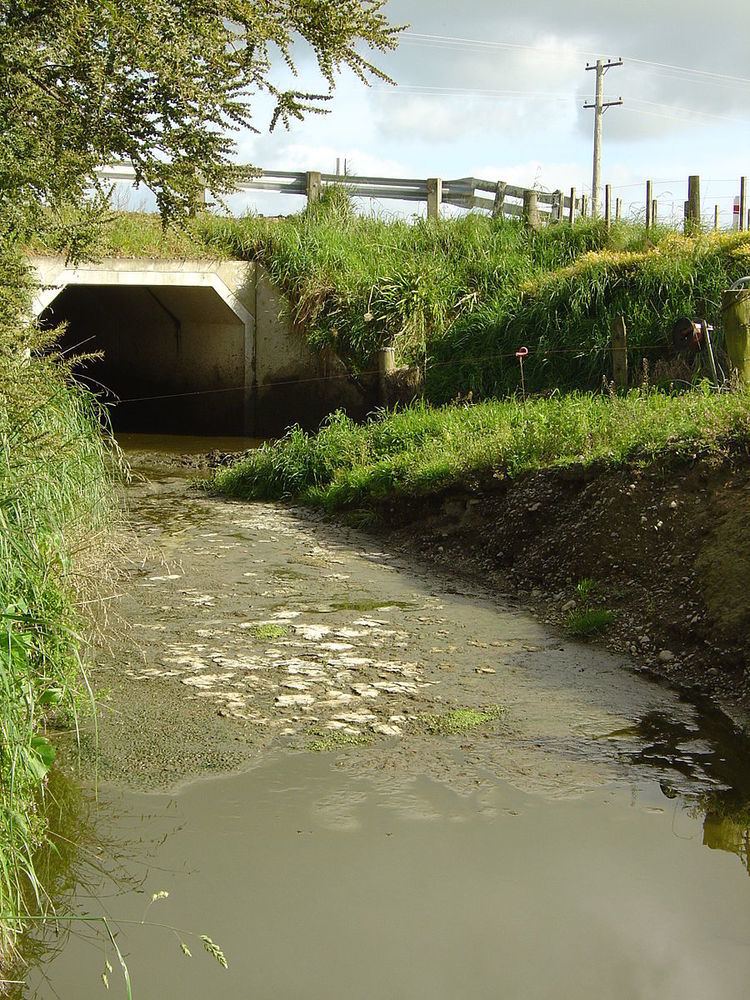 | ||
Pollution is an environmental issue in New Zealand with a number of measures being taken to reduce its severity. New Zealand is sometimes viewed as being "clean and green" but this can be refuted due to pollution levels, amongst other factors.
Contents
Water pollution
Water pollution in New Zealand varies depending on the level of development in the water catchment areas. In recent years concerns have been raised about the effect of intensification of dairy farming on water quality. The Dairying and Clean Streams Accord was established to address problems with water pollution due to dairy farming.
Marine pollution
Fertiliser runs off farms and yards which is carried by the cloud and when it rains it drops in the ocean, which is carried by the current.
Air pollution
Smog was a problem in Christchurch.
New Zealand has a relatively unique greenhouse gas emissions profile. In 2007, agriculture contributed 48.2% of total emissions, energy (including transport); 43.2%, industry; 6.1%, waste; 2.4%. In other Kyoto Protocol Annex 1 countries, agriculture typically contributes about 11% of total emissions. From 1990 to 2007, total greenhouse gas emissions in New Zealand increased by 22.1%. Emission increases by sector were - agriculture; 12.1%, energy; 39.2%, industry; 35.0%. Only the small waste sector reduced emissions, by 25.3%.
